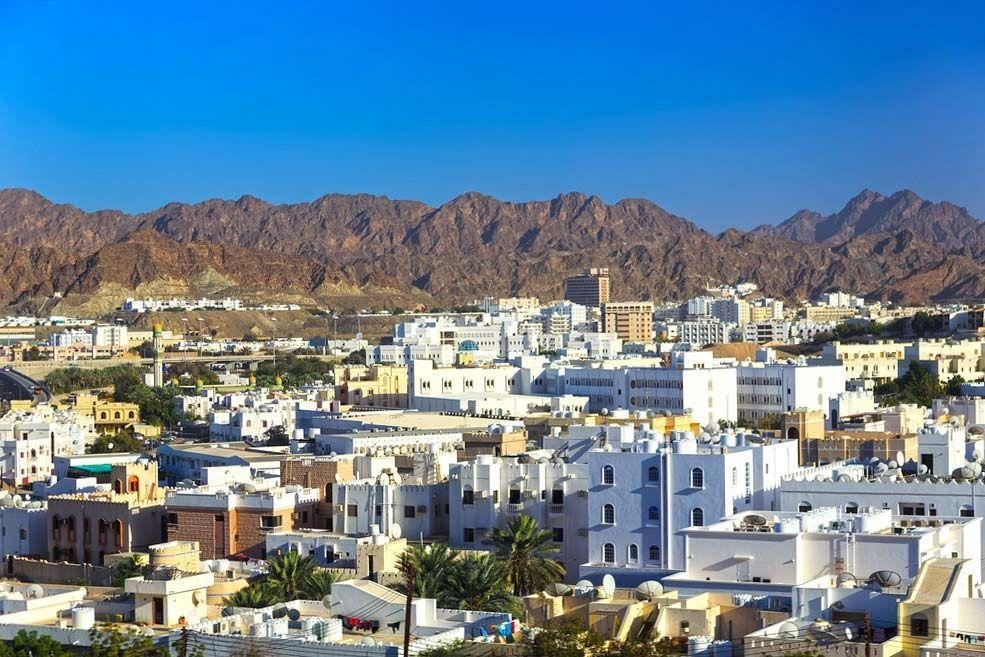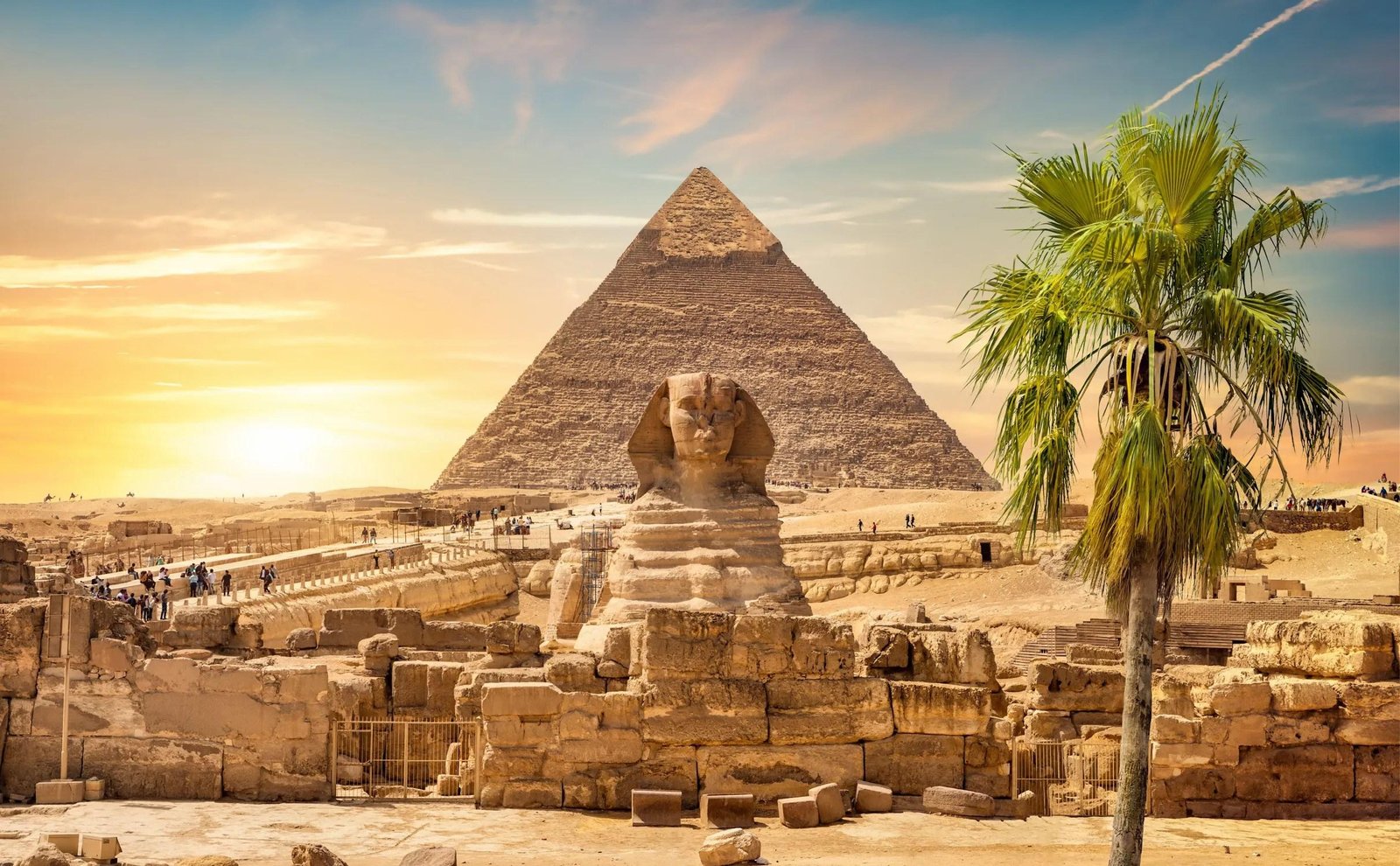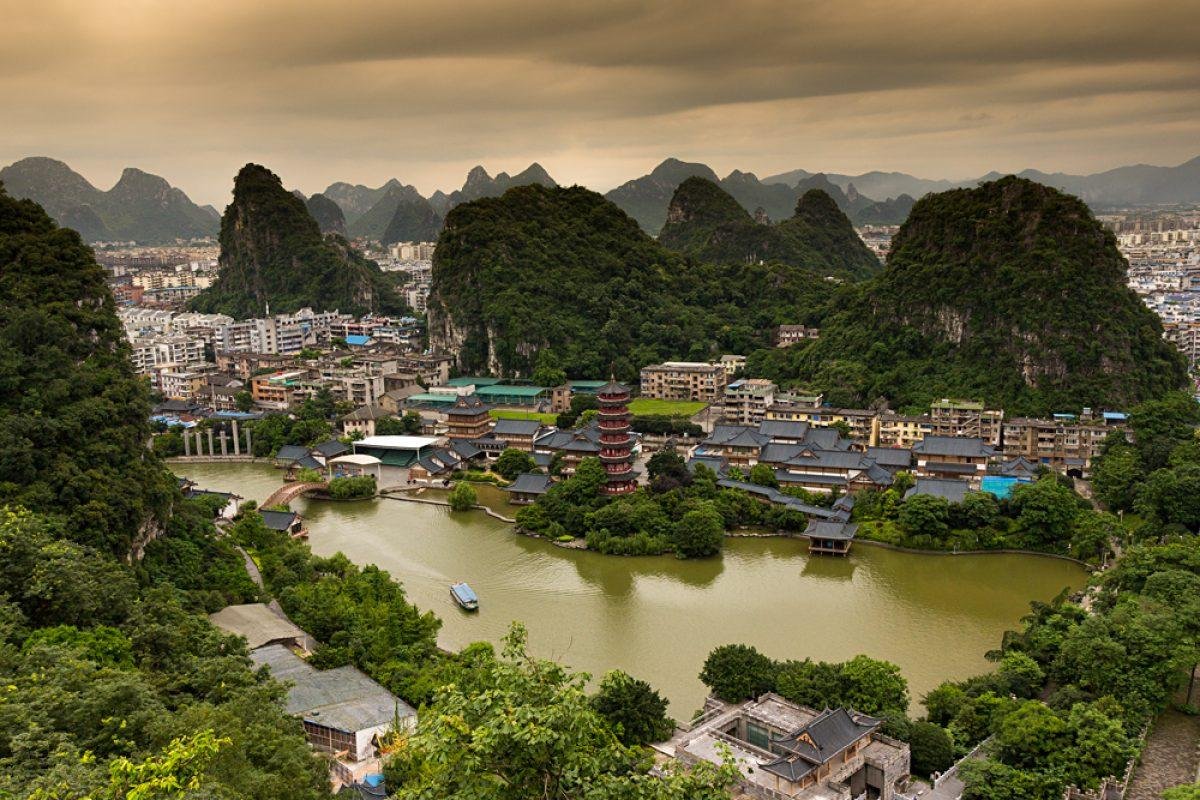Muscat, the capital city of Oman, is a captivating blend of traditional Arabian architecture and modern design, reflecti...
The Architectural Splendor of Kraków, Poland

Kraków, Poland's ancient capital, is a city rich in history and architectural diversity, showcasing a tapestry of styles that reflect its long-standing cultural heritage. Recognized as a UNESCO World Heritage site, Kraków’s architecture spans Gothic, Renaissance, Baroque, and modern designs, creating a captivating urban landscape that enchants visitors.
At the heart of the city lies the Main Market Square (Rynek Główny), one of the largest medieval town squares in Europe. Dominating this vibrant square is the Cloth Hall (Sukiennice), a stunning Renaissance structure that dates back to the 14th century. Originally a marketplace for textiles, it now houses shops and galleries, blending commerce with art. The Cloth Hall’s iconic façade, adorned with decorative arcades and statues, symbolizes Kraków’s historical significance as a trade hub.

Adjacent to the Cloth Hall is St. Mary's Basilica, a magnificent example of Gothic architecture. The basilica features two towers of different heights, with the taller one housing a famous trumpet signal, called the Hejnał, played every hour. Inside, the richly decorated interior boasts a stunning altar carved by Veit Stoss and intricate stained glass windows that tell biblical stories. St. Mary’s Basilica serves as a spiritual center and a testament to the city’s artistic achievements.
Kraków’s Wawel Castle is another architectural gem that reflects the city’s royal history. Perched on Wawel Hill, the castle complex includes a series of structures from different periods, showcasing a blend of Romanesque, Gothic, and Renaissance styles. The crown jewel of the castle is the Wawel Cathedral, an impressive structure that has served as the coronation site for Polish kings. Its stunning bell tower and intricate chapels, including the Sigismund Chapel adorned with gold, make it a significant cultural and historical landmark.
The Jewish Quarter, known as Kazimierz, is a testament to Kraków’s rich Jewish heritage. This area is home to beautifully restored synagogues, including the Old Synagogue and the Remuh Synagogue, which reflect the architectural style and cultural significance of Jewish life in the city. The district’s narrow streets and historic buildings invite exploration, with cafes and art galleries adding to its vibrant atmosphere. The annual Jewish Culture Festival celebrates this heritage, drawing attention to the community’s contributions to Kraków’s identity.
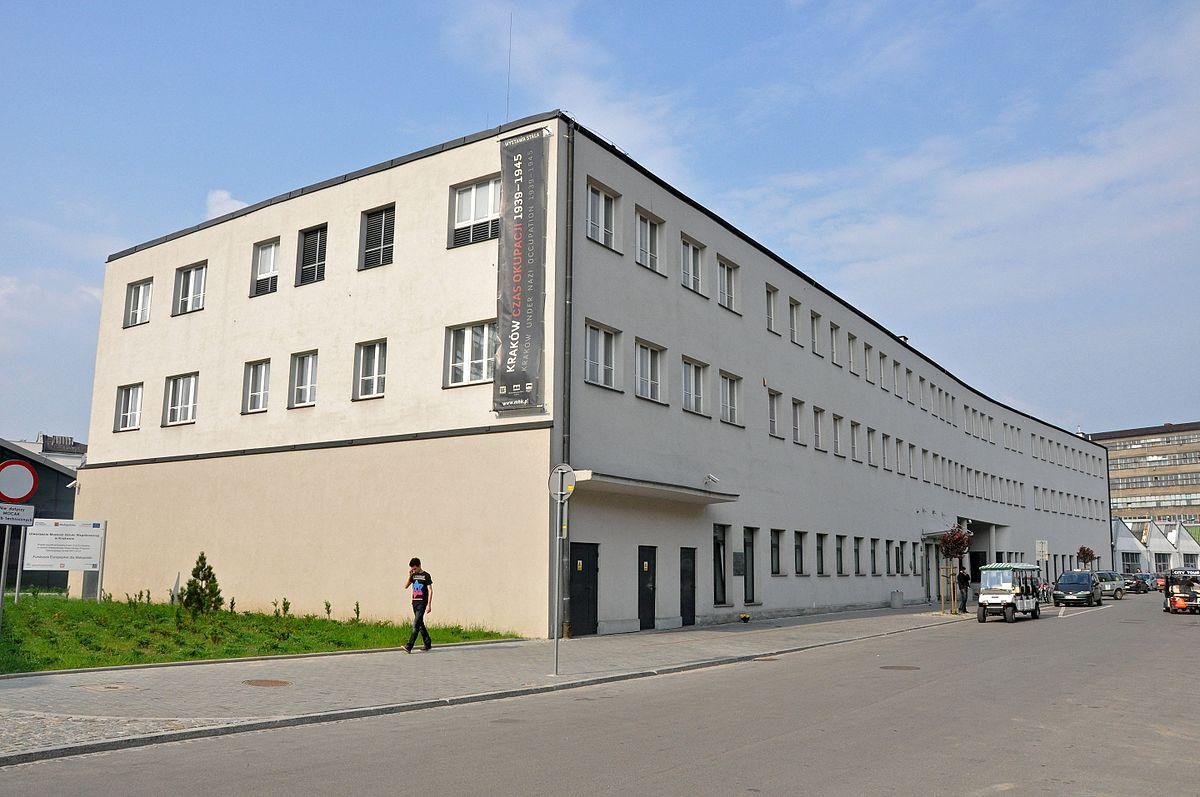
A short distance from the Old Town lies the Oskar Schindler Factory, which has been transformed into a museum. This modern architectural renovation preserves the history of Schindler’s efforts to save Jews during World War II. The museum’s design incorporates industrial elements, providing a poignant reminder of the city’s turbulent past while offering an engaging experience for visitors.
The Collegium Maius, part of Jagiellonian University, exemplifies the architectural splendor of Kraków’s academic heritage. Founded in 1364, it is one of the oldest universities in the world. The building features a stunning courtyard, intricately decorated interiors, and a collection of historical artifacts that highlight the university’s rich history. The Gothic architecture and Renaissance elements create a harmonious blend that reflects the institution’s significance in Polish education.
Another notable site is the Church of St. Peter and Paul, a Baroque masterpiece that stands out for its stunning façade and elaborate interior. Built in the 17th century, the church features a grand entrance flanked by statues of the apostles. Inside, the ornate altars and frescoes create a sense of grandeur, making it a significant religious and architectural landmark in Kraków.
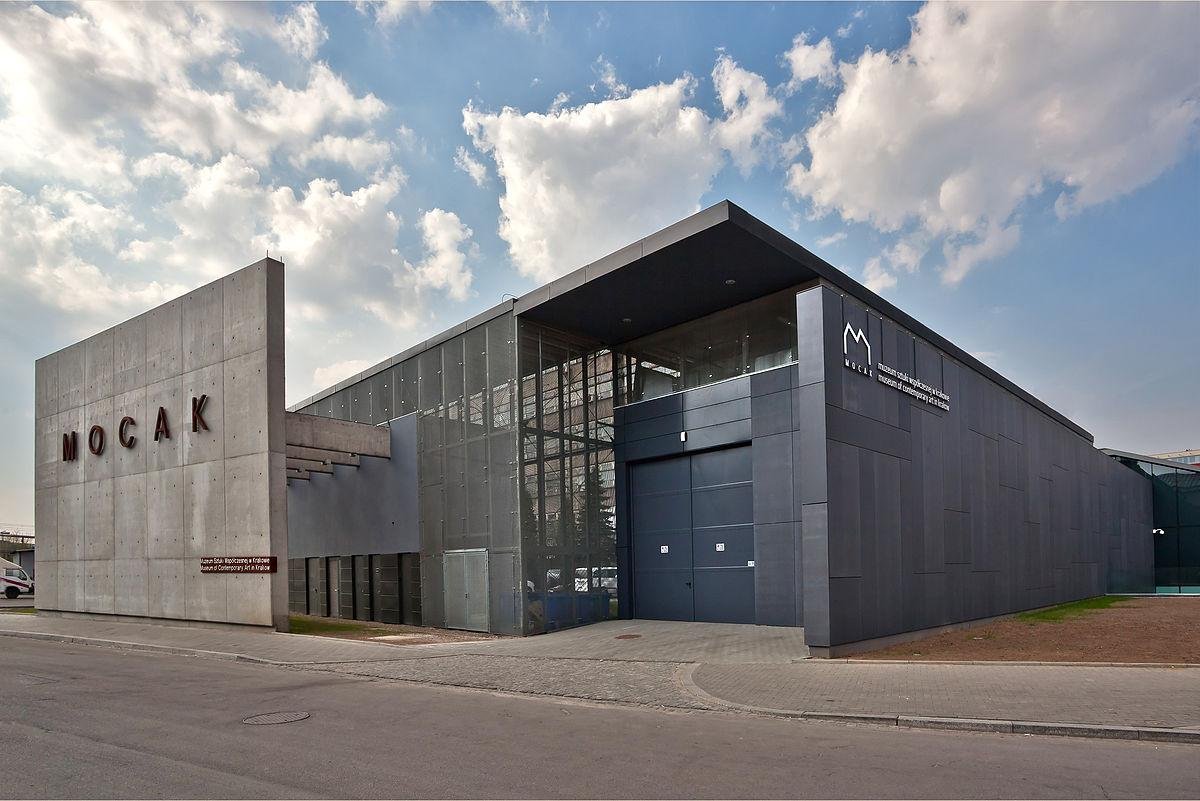
Kraków's vibrant cultural scene is complemented by modern architectural developments that respect the city's historical context. The MOCAK Museum of Contemporary Art, located near the Schindler Factory, showcases innovative design while offering a platform for contemporary artists. The museum's sleek lines and glass façade contrast with the historic surroundings, symbolizing the city’s commitment to artistic expression and cultural evolution.
The Vistula Boulevards, a recent addition to Kraków’s urban landscape, exemplify the city’s efforts to enhance public spaces. This promenade along the Vistula River features modern landscaping, walking paths, and recreational areas, providing residents and visitors with a scenic place to relax. The integration of green spaces with modern design reflects Kraków’s commitment to sustainability and urban revitalization.
Cultural festivals and events play a significant role in Kraków’s architectural narrative, often taking place in historic venues and public spaces. The Kraków Film Festival and the Wise Women Festival highlight the city’s dedication to the arts, attracting filmmakers, artists, and audiences from around the globe. These events showcase the architectural beauty of the venues while celebrating creativity and culture.
Kraków’s culinary scene is also intertwined with its architectural identity. Many restaurants and cafes are housed in beautifully restored historic buildings, offering diners a unique atmosphere to enjoy traditional Polish cuisine. The combination of architecture and gastronomy creates a vibrant dining experience that reflects the city’s cultural richness.
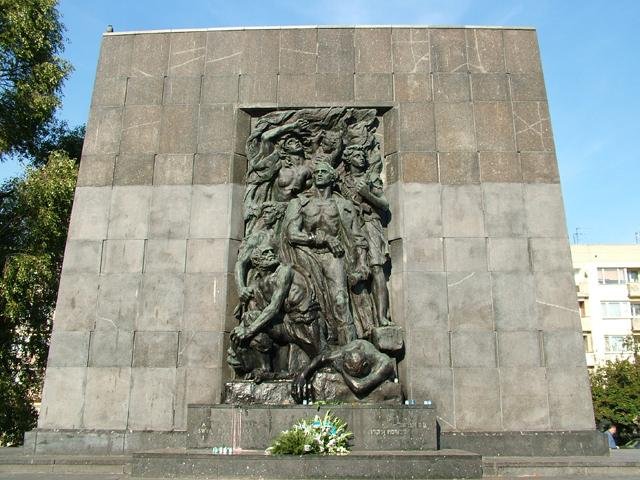
The architectural essence of Kraków is further highlighted by its numerous monuments and memorials. The Monument to the Heroes of the Ghetto, located in the Podgórze district, commemorates the Jewish residents who suffered during the Holocaust. This poignant memorial encourages reflection on the city’s history and resilience, emphasizing the role of architecture in preserving memory.
As Kraków continues to evolve, urban regeneration projects aim to revitalize neglected areas while preserving the city’s architectural heritage. Efforts to enhance walkability, promote public transportation, and integrate modern design with historical context reflect Kraków’s commitment to sustainable urban development. These initiatives ensure that the city remains a vibrant and livable environment, balancing its rich history with contemporary needs.
The seamless integration of tradition and modernity is exemplified by the new developments in areas like the Zabłocie district, which has undergone significant transformation. The area now features modern residential complexes and cultural spaces, showcasing the city’s adaptability while honoring its historical significance.
In conclusion, Kraków is a city where architecture serves as a reflection of its rich history, cultural diversity, and aspirations for the future. The harmonious blend of medieval buildings, Renaissance structures, and modern designs creates a captivating urban environment that enchants all who visit. Whether exploring the grandeur of Wawel Castle, admiring the beauty of St. Mary’s Basilica, or experiencing the artistic vibrancy of the Jewish Quarter, visitors to Kraków are sure to be inspired by the city’s architectural charm and cultural depth.
Kraków’s architectural journey is a testament to the city’s resilience and adaptability, highlighting its ability to embrace change while honoring its historical roots. From its historic churches to modern cultural institutions, Kraków stands as a vibrant example of how architecture can embody the spirit of a place and its people. The city’s commitment to preserving its architectural legacy while embracing innovation ensures that Kraków will continue to thrive as a cultural and architectural destination for generations to come.
With every corner revealing layers of history and artistry, Kraków invites all to explore its captivating urban landscape and experience the rich stories that each building has to tell. The city’s architecture not only reflects its glorious past but also shapes its vibrant present and promising future, making it a true gem of Poland.
Share:

